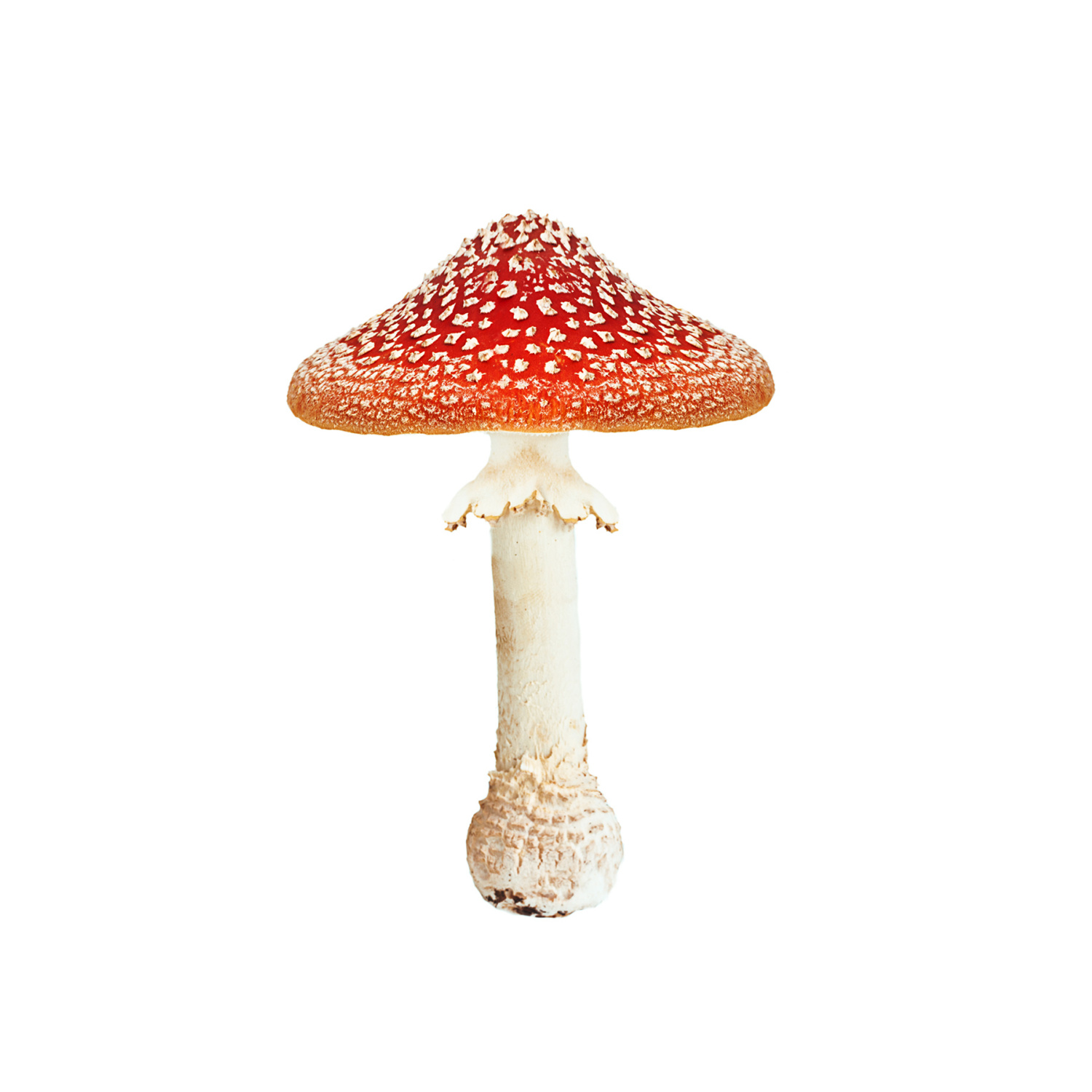“If you don’t have a song to sing
you’re okay
you know how to get along
humming . . .”
“Waltz (Better Than Fine)” — Fiona Apple
On the last day of the year, an Anna’s Hummingbird appeared, perching gently on the edge of a cut rose bush stem. I loved the way The Cornell Lab of Ornithology described them “no larger than a ping-pong ball and no heavier than a nickel . . .with their iridescent emerald feathers and sparkling rose-pink throats, they are more like flying jewelry than birds.” Their Anna photos also use a thorny perch and float on the edge of a twig.
“Anna’s Hummingbird was originally named Ornismya anna by René Primevère Lesson in 1829, based on specimens collected by Paolo-Émilio Botta and owned by the duke and duchess of Rivoli. Lesson regarded it as one of the most beautiful hummingbirds, on account of “the bright sparkle of a red cap of the richest amethyst…” on the male’s head, and so named it after the duchess of Rivoli, Anna de Belle Masséna. Gould (1861) placed it in a new genus, Calypte, for “not only the throat, but the entire head as glitteringly resplendent as if they had been dipped in molten metal”. Calypte is greek (Кαλυπτη) for covered or hood (Holloway 2003), a reference to the male’s iridescent crown. Males turn their head from side to side as they sing, flashing the brilliant iridescence as a signal to other hummingbirds.”
I leaned against our window into the garden and took a few photos as he visited the rosebush and feeder.


















